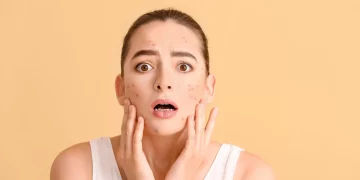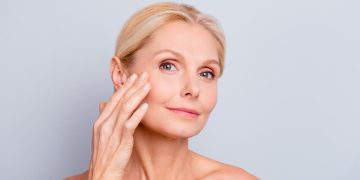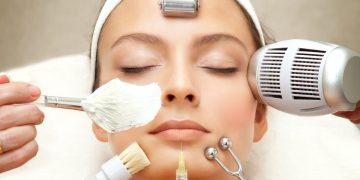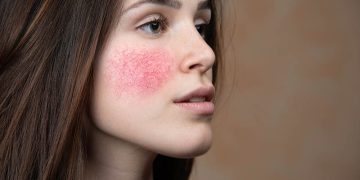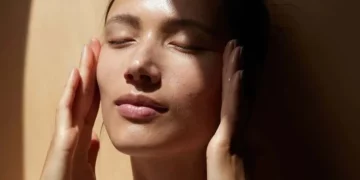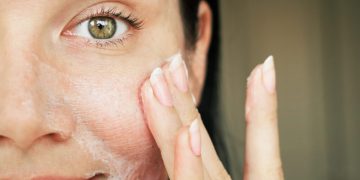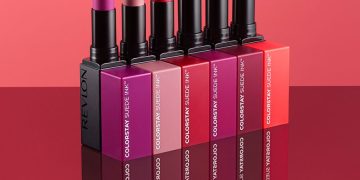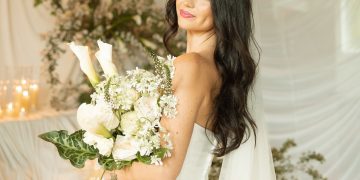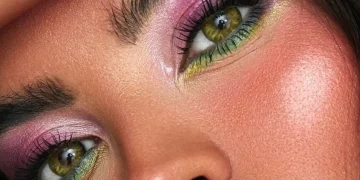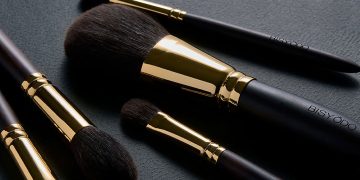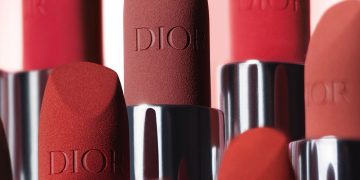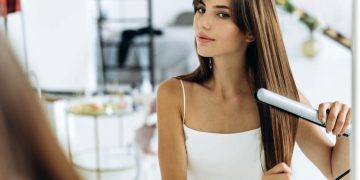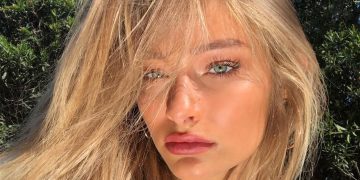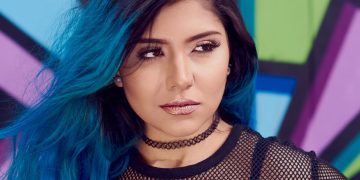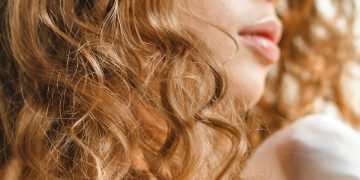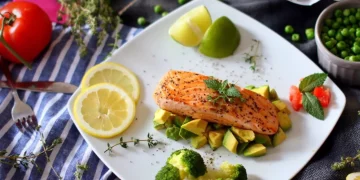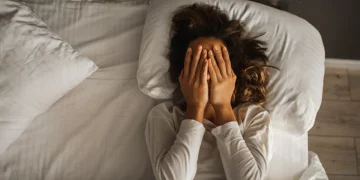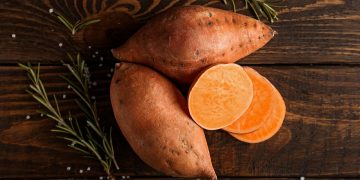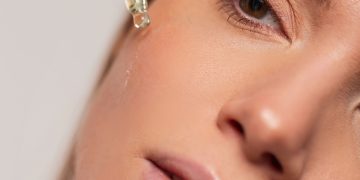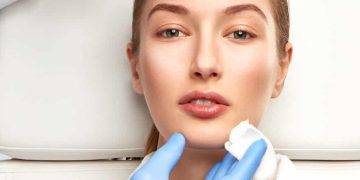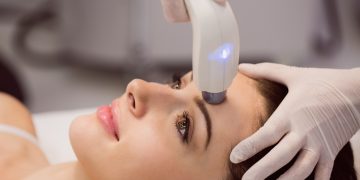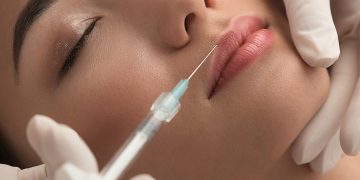Introduction
In recent years, the beauty industry has experienced a profound shift. For decades, the ideal of “flawless” beauty, often epitomized by a smooth, uniform complexion, perfect facial features, and impeccably styled hair, has been heavily promoted through advertising, media, and celebrity culture. This ideal has shaped the way consumers define beauty, pushing them towards an often unattainable standard of perfection.
However, in the current era, aesthetic fatigue—the overwhelming saturation of idealized beauty standards—is taking hold. Consumers, particularly younger generations, are beginning to reject the notion of “perfection” and seeking authenticity, diversity, and imperfection in beauty. The rise of natural beauty, diversity, and self-expression signals a shift away from the pursuit of an unrealistic ideal and towards more individualized, inclusive, and relatable standards of beauty.
This article will explore why consumers are moving away from the pursuit of “flawless” beauty, the underlying factors contributing to this shift, and what it means for the future of the beauty industry. We will also analyze how beauty brands are adapting to this change and what strategies they are employing to appeal to a more diverse and self-aware consumer base.
1. The Legacy of the “Flawless” Beauty Standard
a. The Historical Roots of Perfection in Beauty
The pursuit of perfection in beauty is not a modern phenomenon. Throughout history, beauty ideals have been shaped by cultural, social, and political influences. In the early 20th century, Hollywood actresses like Marilyn Monroe and Audrey Hepburn became global symbols of beauty, and their polished, picture-perfect images set the tone for the golden age of cinema. These actresses became benchmarks for beauty, and the idea of flawless skin, delicate features, and well-groomed hair became associated with femininity and glamour.
By the 1980s and 1990s, the supermodel era reinforced this standard, with icons like Cindy Crawford, Naomi Campbell, and Kate Moss gracing magazine covers, runway shows, and advertisements. Their nearly flawless appearances, combined with the rising influence of Photoshop and airbrushing technology, solidified the cultural obsession with perfection. Beauty products marketed during this time were often aimed at eradicating perceived flaws—pimples, wrinkles, and uneven skin tones—promoting the idea that beauty could only be achieved through the elimination of imperfections.
b. The Rise of Social Media and the “Influencer” Culture
In the past two decades, the emergence of social media platforms such as Instagram, TikTok, and YouTube has drastically altered the way beauty standards are shaped and consumed. Influencers and content creators have become the new faces of beauty, showcasing products, trends, and makeup tutorials that often emphasize achieving the “perfect” look. However, this rise in beauty influencers has also led to growing scrutiny of the unrealistic expectations that are perpetuated on these platforms.
Although influencers may present themselves in glamorous and curated ways, there has been increasing awareness of the use of filters, photoshop, and other editing tools that contribute to the creation of an unrealistic beauty standard. The public’s awareness of these practices has sparked a backlash against overly polished beauty images, and consumers are now questioning the authenticity of what they see online. This, in turn, has led to growing dissatisfaction with the concept of “flawless” beauty.
2. The Emergence of Aesthetic Fatigue
a. The Saturation of “Perfection” in Media
The term aesthetic fatigue refers to the overwhelming sense of exhaustion that comes from the constant bombardment of perfect, highly edited beauty images. As social media, advertising, and mainstream media flood consumers with images of flawless, often unattainable beauty, many individuals have started to feel alienated, disillusioned, and overwhelmed by these standards. The relentless pursuit of perfection has led to a sense of visual overload, with consumers becoming numb to the idealized beauty that was once aspirational.
Research has shown that the prevalence of “perfect” beauty images can lead to mental health issues, such as anxiety, depression, and body dysmorphia, particularly among young people. These effects have fueled a growing desire for more authentic, real, and raw representations of beauty—representations that embrace flaws, imperfections, and diversity.
b. The Desire for Authenticity and Relatability
One of the most significant factors contributing to aesthetic fatigue is the desire for authenticity. Consumers, especially younger generations like Gen Z, are increasingly rejecting traditional beauty ideals and gravitating towards more realistic and inclusive representations of beauty. Social media platforms have given individuals the ability to showcase beauty in its many forms—whether that means embracing visible scars, freckles, acne, or other “imperfections.” This has led to the rise of #NoFilter, #RealBeauty, and other movements that encourage people to embrace their natural selves without the need for editing or altering their appearance.
The shift towards raw beauty has also been amplified by brands and influencers who champion self-love and body positivity. Celebrities and public figures like Lizzo, Jameela Jamil, and Ashley Graham have been vocal advocates for challenging beauty standards and promoting the idea that beauty is about confidence, individuality, and embracing one’s unique features.

3. The Impact on Beauty Brands and Marketing Strategies
a. The Decline of Traditional Beauty Advertising
The rejection of “flawless” beauty has forced traditional beauty brands to reevaluate their marketing strategies. Ads that once featured airbrushed models with perfect skin are now being replaced by more inclusive campaigns that showcase diverse body types, skin tones, and ages. Inclusive beauty is now one of the most powerful trends in the industry, with brands like Fenty Beauty, Dove, and Glossier at the forefront of this movement.
These brands have embraced the idea that beauty is not about fitting into a singular, idealized mold but about celebrating the differences that make individuals unique. As a result, diverse and authentic marketing campaigns are more likely to resonate with consumers, particularly younger generations who are rejecting the standard of perfection.
b. The Rise of “Real” Beauty Influencers
In response to the demand for authenticity, beauty influencers and content creators have also shifted their approach. Instead of adhering to the traditional “perfect” look, many influencers are now embracing their flaws and showing their audience what beauty looks like in its most natural form. This trend has led to the rise of influencers who focus on honesty, vulnerability, and realism—posting unfiltered photos, discussing personal insecurities, and celebrating their imperfections.
Influencers like NikkieTutorials, Jackie Aina, and Maya Jama have gained recognition for promoting a more inclusive and relatable form of beauty. Their authenticity and openness about their experiences, struggles, and triumphs resonate deeply with their audiences, who are craving more honest, human beauty narratives.
c. A Shift Toward Individual Expression and Customization
As consumers move away from the pursuit of perfection, they are increasingly interested in beauty products that allow for personalization and individual expression. Brands are beginning to offer products that cater to a wide range of skin types, tones, and preferences, moving away from the idea that beauty should be standardized or one-size-fits-all.
This trend can be seen in the rise of customizable beauty—from personalized skincare routines to makeup products that cater to specific skin concerns or preferences. Consumers are no longer interested in “off-the-shelf” beauty products but are looking for solutions that reflect their individual needs and desires.
4. The Future of Beauty: Embracing Imperfection and Diversity
The shift away from the pursuit of “flawless” beauty signals a larger cultural transformation toward authenticity, individuality, and inclusivity. The beauty industry is evolving to meet the demand for diverse representations of beauty, where imperfections are not seen as flaws but as what makes individuals unique and beautiful in their own right.
As this trend continues, we can expect to see more brands embracing raw, unfiltered beauty and inclusive marketing strategies. Consumers will likely continue to move away from the idealization of perfection, seeking out products, influencers, and brands that reflect the multidimensional nature of beauty.
In the end, the era of aesthetic fatigue offers a promising opportunity for the beauty industry to redefine itself, focusing not on perfection but on real, diverse, and empowering representations of beauty.

